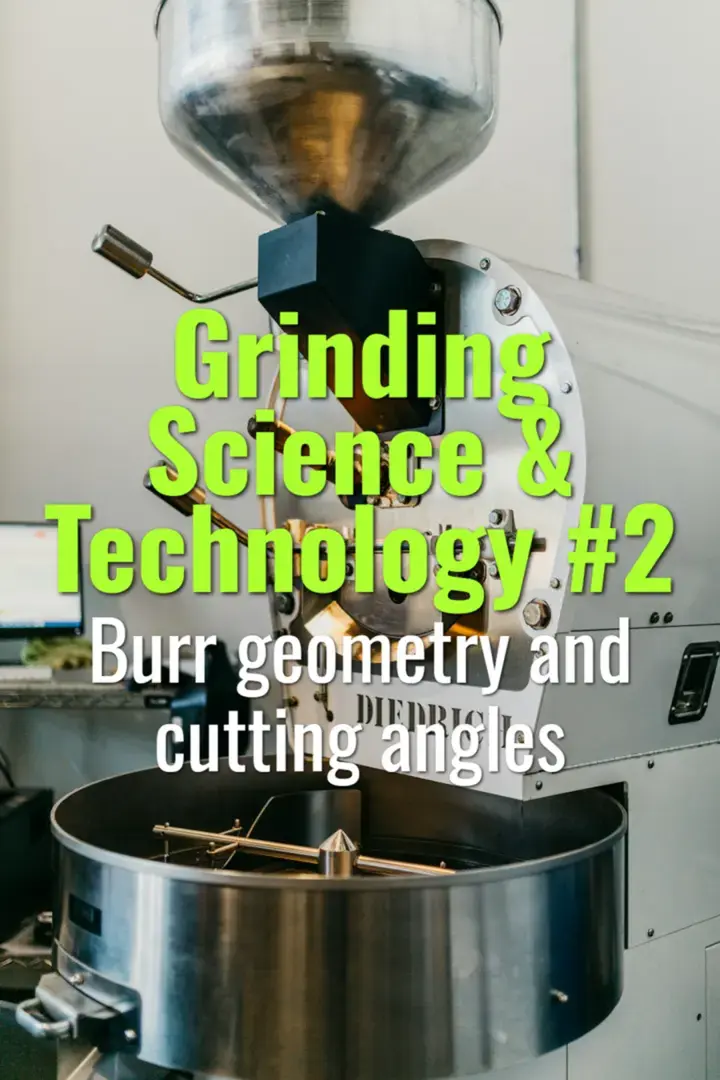Burr geometry and cutting angles
How the shape and angles of burrs influence grind efficiency, particle size distribution, and flavor extraction.
- Coffee Basics Nerds
- 1 min read

Key Concepts
-
Burr Geometry:
-
The overall shape of the burr teeth (straight, scalloped, or stepped) determines how coffee beans are fractured.
-
Steeper cutting angles can produce finer particles faster but may generate more heat.
-
Cutting Angles:
-
The angle at which the burr teeth meet the beans affects shear force and grind uniformity.
-
Sharper angles improve precision but may require higher motor torque.
-
Shallower angles reduce fines and lower heat buildup.
-
Impact on Particle Size Distribution:
-
Burr geometry directly influences the proportion of fines, boulders, and uniform particles.
-
Finer, consistent particles improve extraction control for espresso.
-
Broader distributions can be beneficial for immersion or cold brew methods.
-
Material Considerations:
-
Steel burrs: durable, maintain sharpness longer, slightly higher heat transfer.
-
Ceramic burrs: retain sharpness well, lower heat transfer, may be brittle.
-
Design Implications:
-
Burrs must balance speed, consistency, and heat generation.
-
Manufacturers tweak geometry and angles to target specific brew methods.
Summary
Burr geometry and cutting angles are critical in determining grind uniformity, extraction quality, and thermal impact on beans. Proper design ensures optimal flavor preservation across different brewing methods.